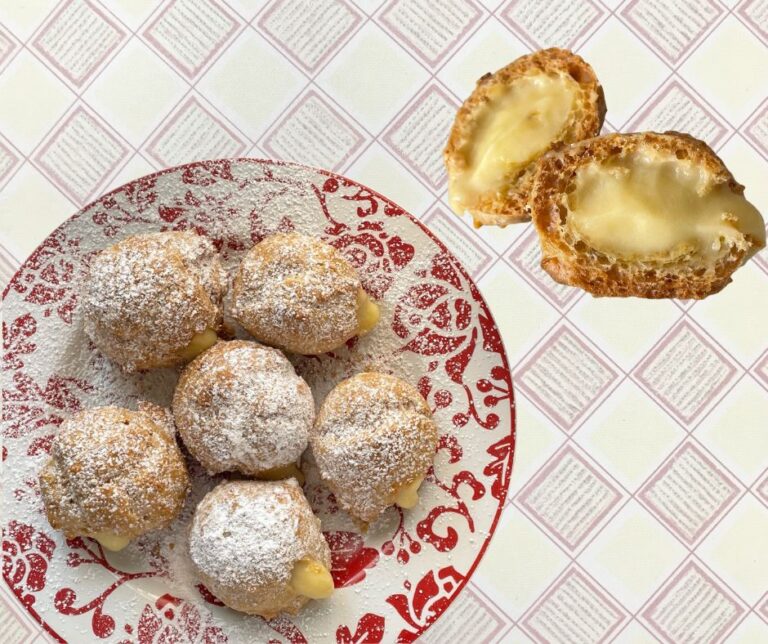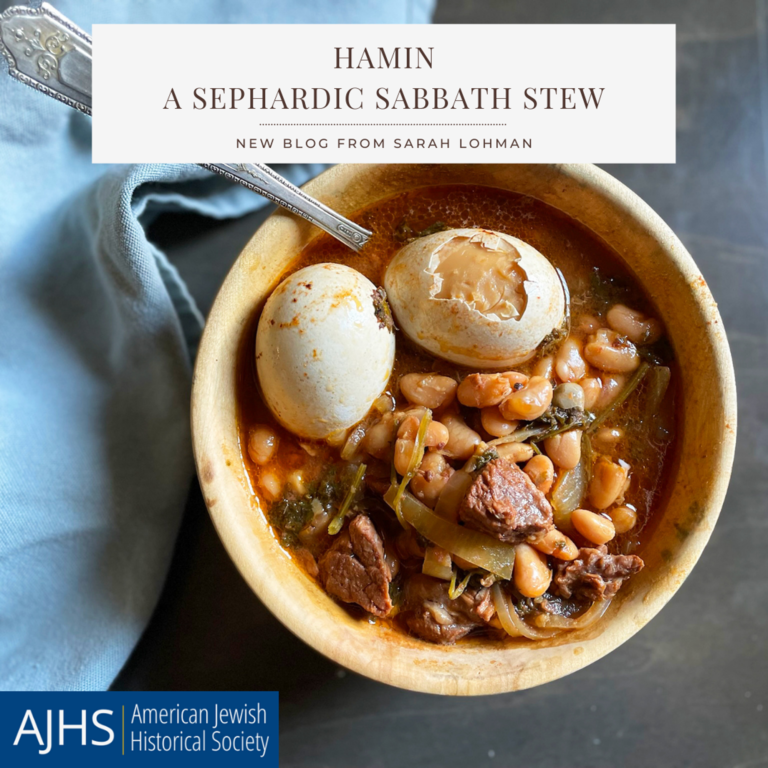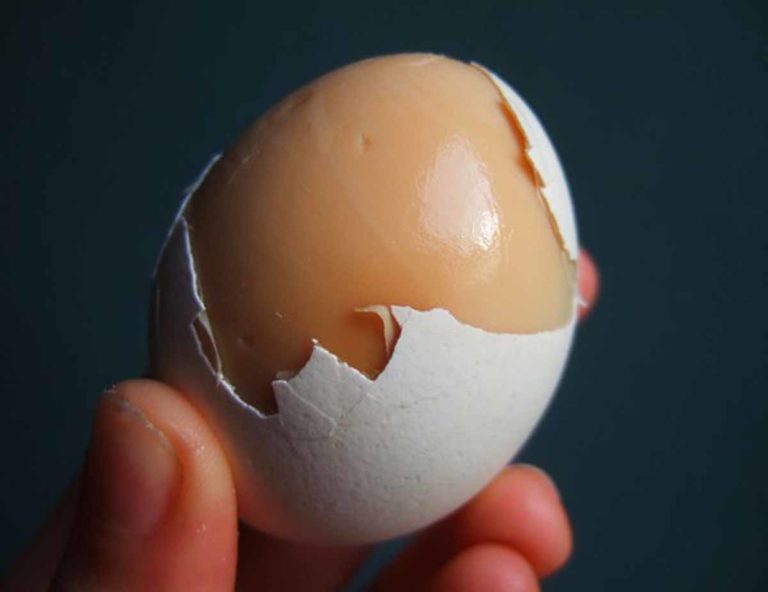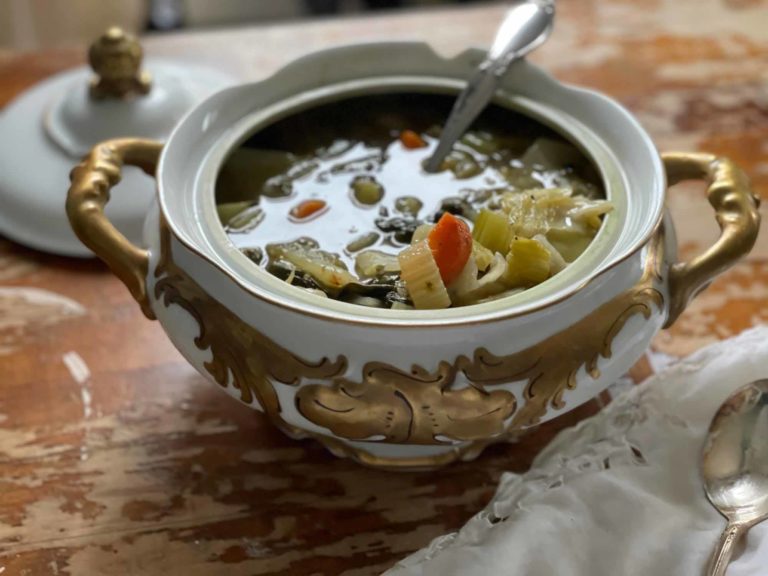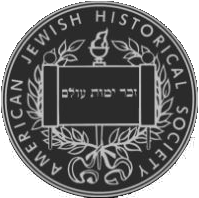Turn your Sukkot Etrog into Citron Cookies and Preserves!
When the temperature cools and the leaves start to turn, it’s time for Sukkot! Proper observance requires an etrog–a large, yellow citrus fruit, and a lulav–a bundle of willow, myrtle and palm branches. The Sukkot celebrant must hold the etrog and the lulav together, and shake them three times in six directions: right, left, forward, behind, up, and down.

But once Sukkot is over and the etrog and the lulav are no longer needed to draw blessings from the earth, what do you do with these plants? Well, the etrog is a cultivar of citron, one of the four ancestral fruits from which all other citrus varieties are descended. Citrons have been a part of the human diet; seeds were discovered at Mesopotamian sites dating back 6000 years, and, according to researchers at Purdue, “A Jewish coin struck in 136 B.C. bore a representation of the citron on one side.” In addition, the citron is unique among citrus fruits, in that we don’t consume its fleshy interior, but rather, its thick and spongy peel and pith.
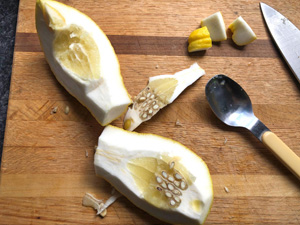
Citrons are popular throughout Southeast Asia and the Middle East, and the etrog cultivar is most popular in Israel. American etrogs are often imported, but there are a handful of farms that grow them in California. I ordered mine from Pearson Ranch, which specializes in citrus fruits uncommon in America. Lindcove Ranch is another such grower. In a 2011 profile in Tablet, the publication noted that growing etrogs requires rabbinical supervision.
So what to do with your etrog? I recommend this recipe for Citron Cookies from the 1918 Jewish Cook Book, one of the volumes in the American Jewish Historical Society’s extensive collection of historical cookbooks. The recipe is simple, and the resulting cookies are like light little fruitcakes.

Citron Cookies
- 1 ½ cups all-purpose flour
- 1 teaspoon baking powder
- ½ teaspoon salt
- 1 teaspoon allspice
- 1 teaspoon cloves
- 1 stick unsalted butter, room temperature
- 1 ½ cups sugar
- 1 egg
- ¾ cup milk
- ½ cup citron, minced
Makes about 80 small cookies.
- Preheat oven to 375 degrees. Line two cookie sheets with parchment paper.
- Whisk together flour, baking powder, salt, allspice and cloves.
- In the bowl of an electric mixer, cream together butter and sugar on medium-high speed until light and fluffy.
- Add egg and, mix.
- With mixer on low, add half of the milk and mix.
- Add half of the dry ingredients and mix until batter looks moist. Repeat with remaining milk and dry ingredients.
- Fold in citron with a spatula.
- Drop onto cookie sheets by the heaping teaspoon, about three inches apart. Use a 1 teaspoon ice cream scoop for rounder, neat cookies. Bake 12 minutes, turning cookie sheet halfway through, until the edges of the cookies are deep, golden brown. Allow cookies to cool on cookie sheet before removing to a rack.

This cookbook also has a recipe for Citron Preserves. You can use these preserves just like jam; you can also stir a heaping teaspoon in a cup of hot water in the winter to make a tea popular in Korea. The citron-ginger-sugar mix is a purported preventative and remedy for colds. At the very least, the hot water opens your sinuses, while the preserves can soothe your throat.
Citron Preserves
- 1 citron (about one pound; if your citron is larger or smaller, simply scale the recipe up or down proportionately)
- 2 cups sugar
- 1 lemon, juiced
- 2-4 teaspoons fresh grated ginger
- 1 cup water
Will fill two 16-ounce mason jars.
- Slice the citron in quarters and cut out the core and seeds.
- Cut into ¼ inch strips, then cut widthwise into 1 inch long chunks.
- Add water, sugar, and lemon juice into a medium sized saucepan. Stir until sugar is dissolved.
- Add citron and ginger.
- Bring to a boil, uncovered, over high heat, then reduce to low heat and simmer until citron is clear, about 30 minutes.
- Pour hot into sanitized glass mason jars to make it shelf stable. Otherwise, store in the refrigerator or freeze.

